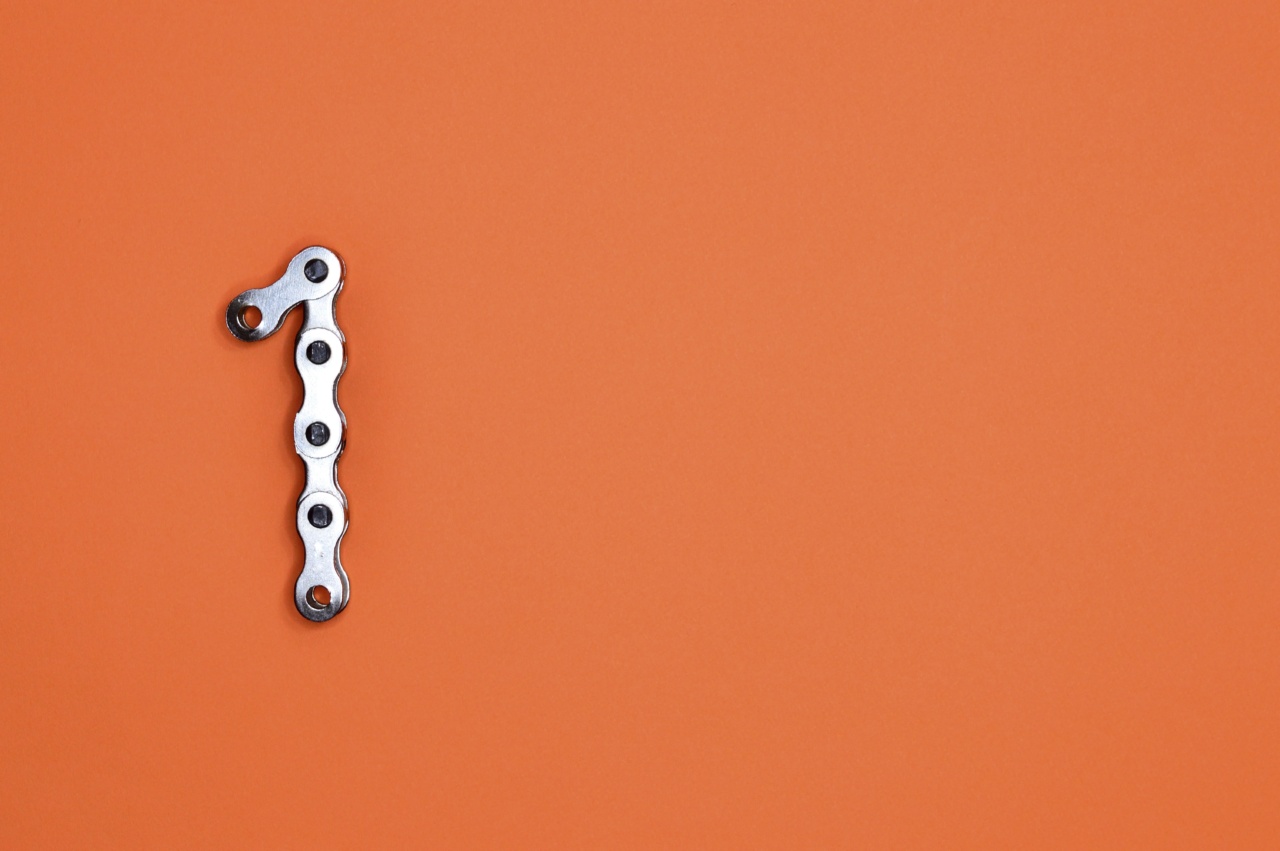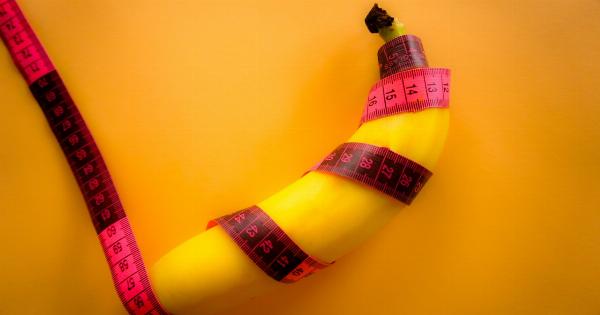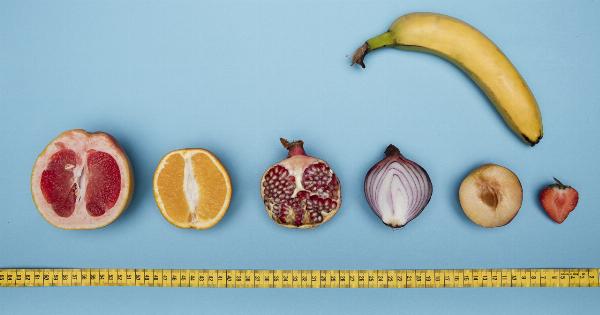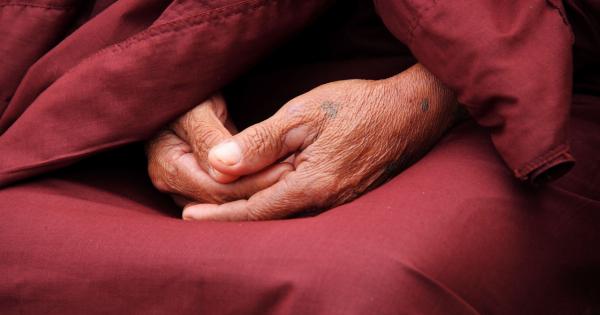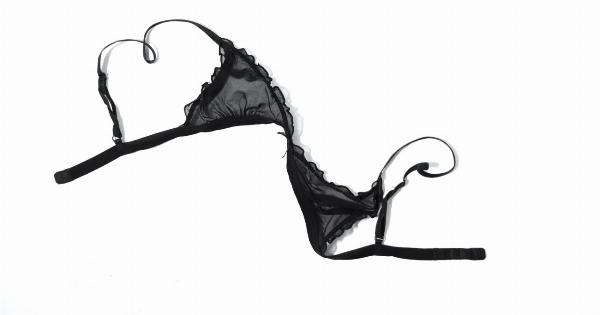There has been a lot of research and studies on the correlation between digit proportions and phallic size. Studies have found that there is a connection between the two, where men with longer ring fingers tend to have a larger penis.
What Are Digit Proportions?
Digit proportions refer to the length of the fingers on a person’s hand. It is specifically the ratio between the length of the second finger, also known as the index finger, and the fourth finger, also known as the ring finger.
This ratio is thought to be determined during fetal development and is believed to be influenced by hormones, namely testosterone and estrogen.
Men typically have longer ring fingers compared to their index fingers, while women tend to have fingers that are equal in length or with a slightly longer index finger.
The difference in finger length between men and women is due to the difference in hormone levels, particularly the amount of testosterone that is present during fetal development. The higher the testosterone, the longer the ring finger will be.
Connection to Phallic Size
Several studies have been conducted that suggest a correlation between digit proportions and phallic size.
One study conducted by researchers at the Gachon University Gil Medical Center in South Korea found that men with a ratio of greater than 0.96 had an average penis length of 3.74 inches while those with a ratio of less than 0.96 had an average length of 3.35 inches. The study concluded that the difference in finger length could account for up to 10% of the variation seen in penis size.
Another study conducted by researchers at the University of Cambridge found that men with a longer ring finger had an increased likelihood of having a penis length greater than 6.5 cm when compared to men with a shorter ring finger.
The study also found that the digit ratio could predict differences in penis size with 24% accuracy.
The Science Behind It
The correlation between digit proportions and phallic size can be attributed to the presence of sex hormones in the developing fetus. During fetal development, testosterone is responsible for masculinizing the body, including the genitalia.
The amount of testosterone that is present during this time can influence the length of the ring finger, and it also plays a crucial role in determining the size of the penis.
The phallus starts to grow and develop during the first trimester of pregnancy, and it is strongly influenced by the amount of testosterone that is present in the fetus.
The penis will continue to develop throughout puberty, with another surge of hormones contributing to its growth. The length and girth of the penis are also influenced by genetics, nutrition, and overall health.
Limitations and Controversies
While studies have found a correlation between digit proportions and phallic size, it is essential to note that these studies are not definitive and have several limitations. One of the limitations is the sample size of the studies.
Most of the studies that have been conducted have a relatively small sample size, which limits the generalizability of their findings.
Another limitation is that digit proportions are not a reliable indicator of phallic size. There are many factors that influence the size and shape of a penis, including genetics, nutrition, and overall health.
The finger length ratio may account for a small percentage of the variation seen in penis size, but it is not a definitive predictor of size.
Conclusion
While research has found a correlation between digit proportions and phallic size, it is important to remember that the finger length ratio is not a definitive predictor of size.
Penis size is influenced by a variety of factors, including genetics, hormones, nutrition, and overall health. If you are concerned about your penis size, it is essential to talk to your healthcare provider about any issues you may have.
